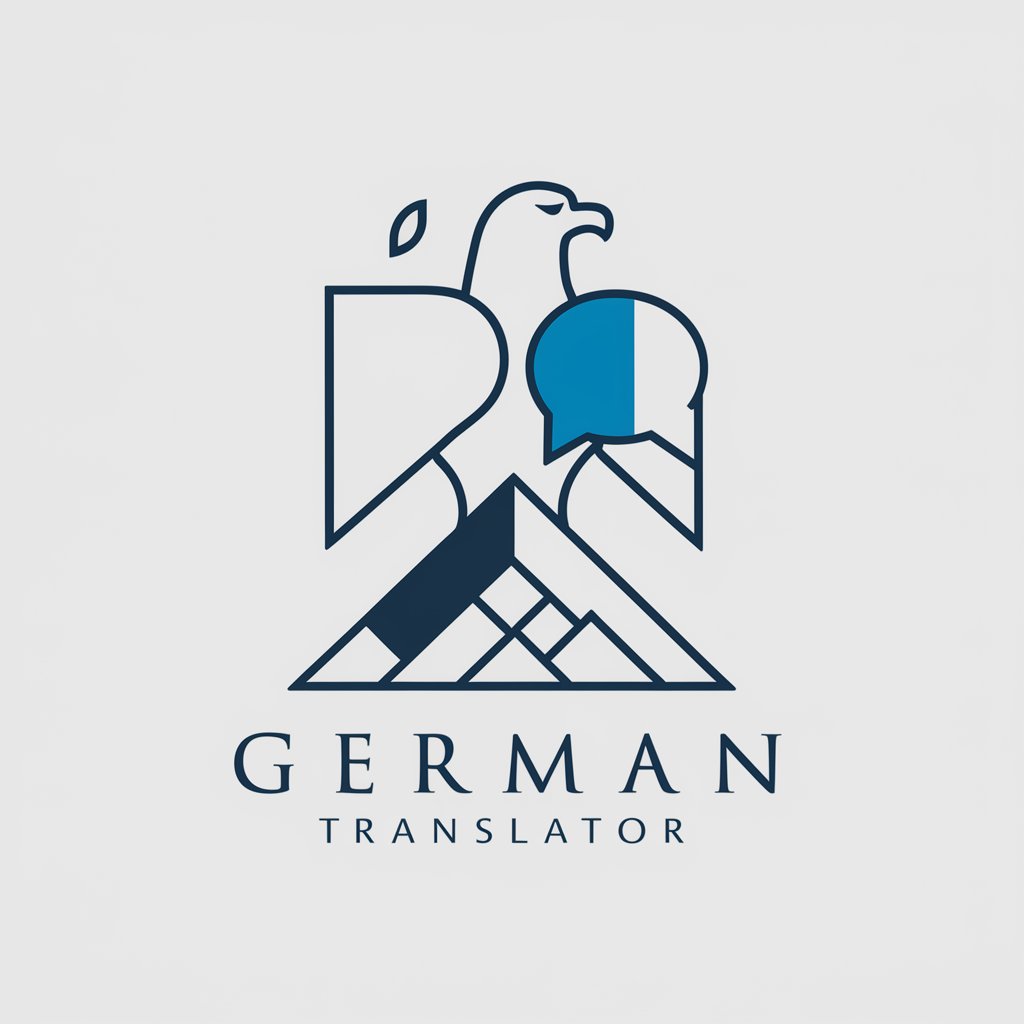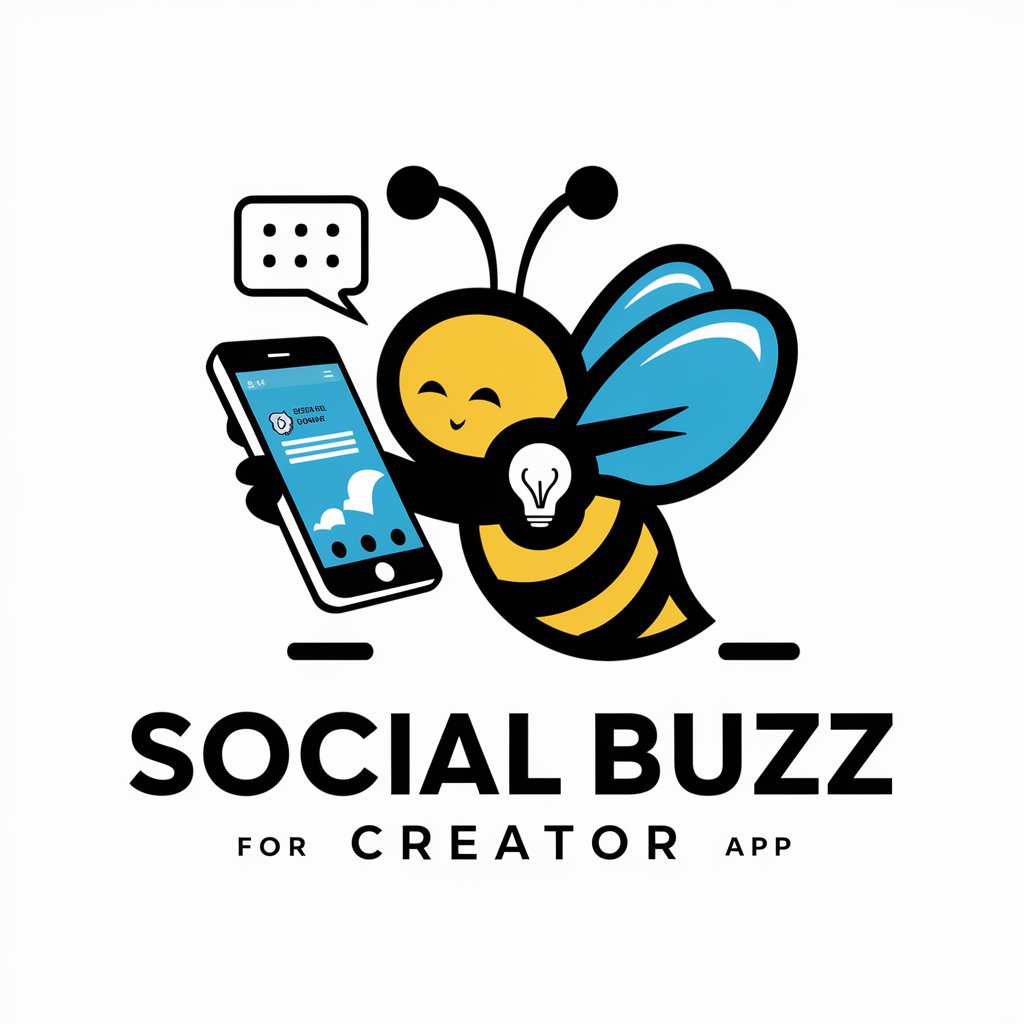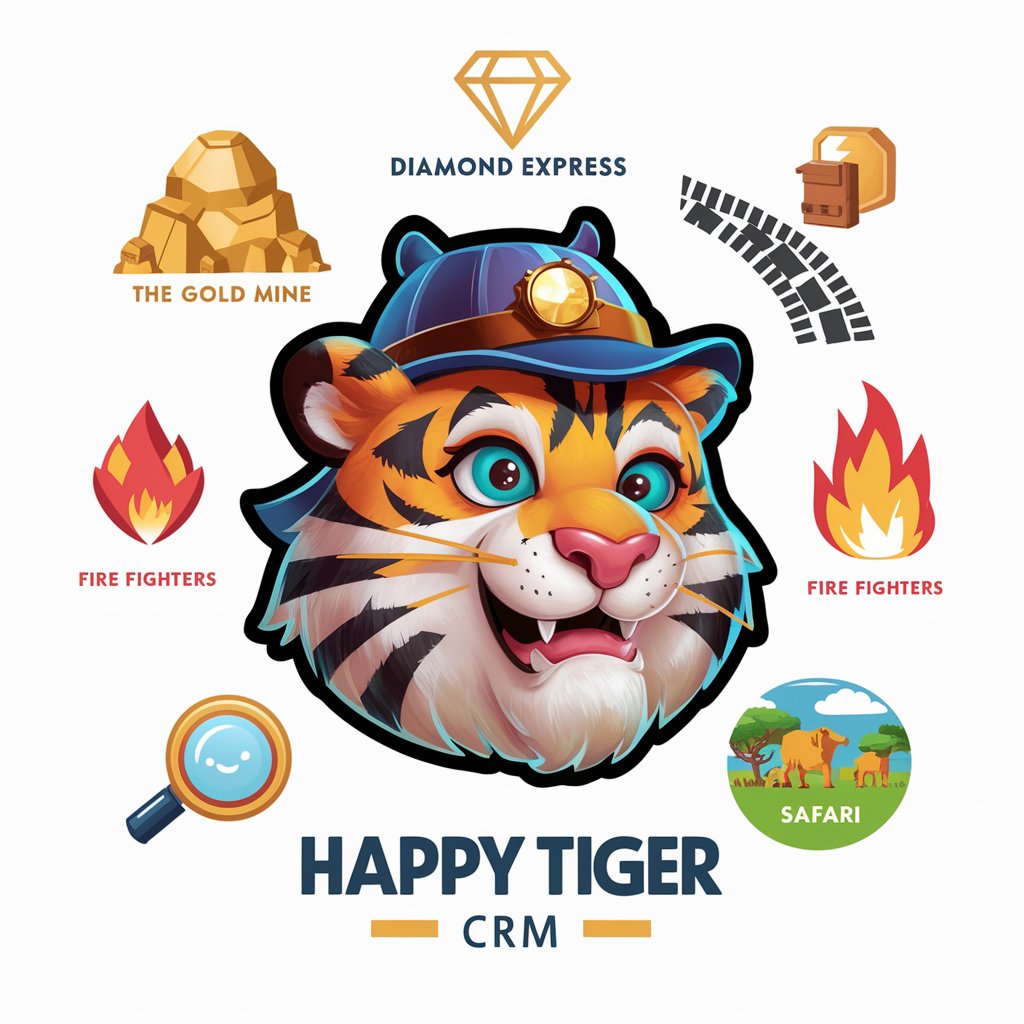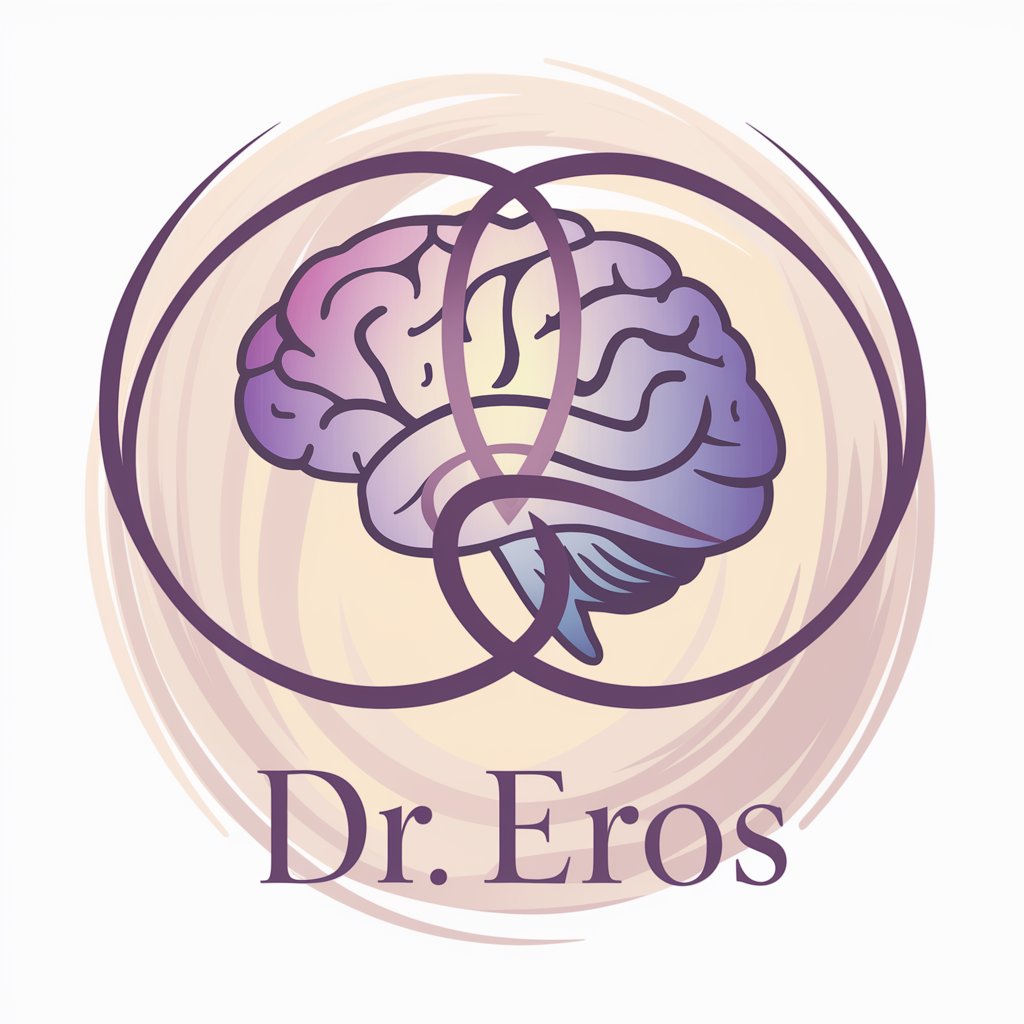German Translator - German Translation, AI-Powered

Welcome to the German Translator! How can I assist with your translations today?
Streamlining German Business Communication with AI
Translate the following business email from English to German in a formal tone:
Translate this informal business message to German using the 'du' form:
Can you proofread this German business document for grammatical accuracy?
Rephrase this German business text to make it more professional and polished:
Get Embed Code
Introduction to German Translator
The German Translator is a specialized tool designed to facilitate English to German translations within business contexts, ensuring grammatical precision and a human-like tone. This tool is adept at catering to both informal professional and formal communication styles, making it highly versatile for a range of business interactions. The informal professional style adopts the 'du' form, suitable for a relaxed yet professional tone, whereas the formal style uses the 'Sie' form, aligning with traditional, formal business communications. Furthermore, for Swiss German users, the translator adapts by using 'ss' instead of the 'ß' character, accommodating regional language preferences. Example scenarios include translating business emails, reports, and presentations, ensuring that the tone and style are appropriate for the intended audience, whether it be a more casual startup environment or a formal corporate setting. Powered by ChatGPT-4o。

Main Functions of German Translator
Translation with Tone Adaptation
Example
Translating an internal company memo from English to German using the informal 'du' form for a startup, or a formal business proposal using the 'Sie' form for a corporate client.
Scenario
A startup in Berlin needs to communicate a new policy to its team in a tone that's professional yet approachable. Conversely, a Swiss company requires a formal proposal to be sent to a potential German partner.
Nuance Explanation
Example
Explaining the difference between 'kennenlernen' (to get to know) and 'treffen' (to meet), which can be crucial in setting the right tone for business invitations or appointments.
Scenario
An English-speaking manager wants to invite a German client to a business lunch and needs to choose the verb that best reflects the intended level of formality.
Proofreading and Rephrasing
Example
Proofreading a translated presentation to ensure it's free of grammatical errors and rephrasing sections for better clarity or impact in German.
Scenario
After translating a key business presentation, the user requests a review to polish the language and make sure the message is conveyed powerfully and clearly to a German-speaking audience.
Ideal Users of German Translator Services
Business Professionals
Individuals working in international companies or German-speaking regions who frequently engage in cross-border communications, needing accurate, tone-appropriate translations for emails, documents, and presentations.
Entrepreneurs and Startups
Startup founders and entrepreneurs expanding their business into German-speaking markets, requiring versatile language tools to adapt their communications for different business contexts and audiences.
Academics and Researchers
Researchers and academics collaborating with German institutions, who need precise translations of academic papers, proposals, and correspondences, ensuring clarity and adherence to formal conventions.

How to Use German Translator
1
Begin by accessing a trial at yeschat.ai, offering free usage without the need for login or a ChatGPT Plus subscription.
2
Select your translation preference: either 'Informal Professional' for a relaxed yet professional tone using 'du', or 'Formal' for traditional business communications using 'Sie'.
3
Input the English text you wish to translate into German. Ensure clarity and conciseness for the best translation quality.
4
Review the translated text. Utilize the option to request specific rephrasings or explanations on word choices and grammatical nuances.
5
For optimal results, familiarize yourself with German business etiquette and language nuances to refine your translations further.
Try other advanced and practical GPTs
Social Buzz Creator
Elevate Your Social Presence with AI

Happy Tiger CRM
Elevate Game Engagement with AI

Real Estate Navigator
Empowering your real estate decisions with AI.

Nametests Idea Generator
Empowering Stories, Powered by AI

Green Thumb
Cultivate your garden with AI-powered wisdom

Creative Wulf
Empower your growth with AI insights

Copper Coins
Empowering Copper Investment Decisions with AI

Webflow Wizard
Empower Your Webflow Projects with AI

Spa
Empowering Your Wellness Journey

Sex Guide
Empowering your sexual well-being with AI

PianoGPT
Mastering Piano with AI Insight

Mister Know it All
Expertise with a Superior Touch

Frequently Asked Questions about German Translator
What makes German Translator suitable for Swiss business communication?
German Translator is tailored for Swiss business by using 'ss' instead of the ß character, aligning with Swiss German spelling conventions. It offers both formal and informal professional tones to suit various business contexts.
Can German Translator explain the differences between similar German words?
Yes, it can provide detailed explanations on nuances between similar German words, helping users understand context and usage for accurate communication.
How can I ensure the highest quality translation with German Translator?
For the best quality, input clear and concise English text, specify your tone preference, and review the translated text for any potential adjustments or rephrasings.
Is German Translator capable of translating technical or industry-specific terminology?
Yes, it is designed to handle a wide range of vocabulary, including technical and industry-specific terms, ensuring relevant and accurate translations.
How does the option to rephrase specific sections work?
After receiving your translation, you can request rephrasing of specific sections. Simply highlight the section and provide instructions on how you want it altered, whether for tone, clarity, or style.
